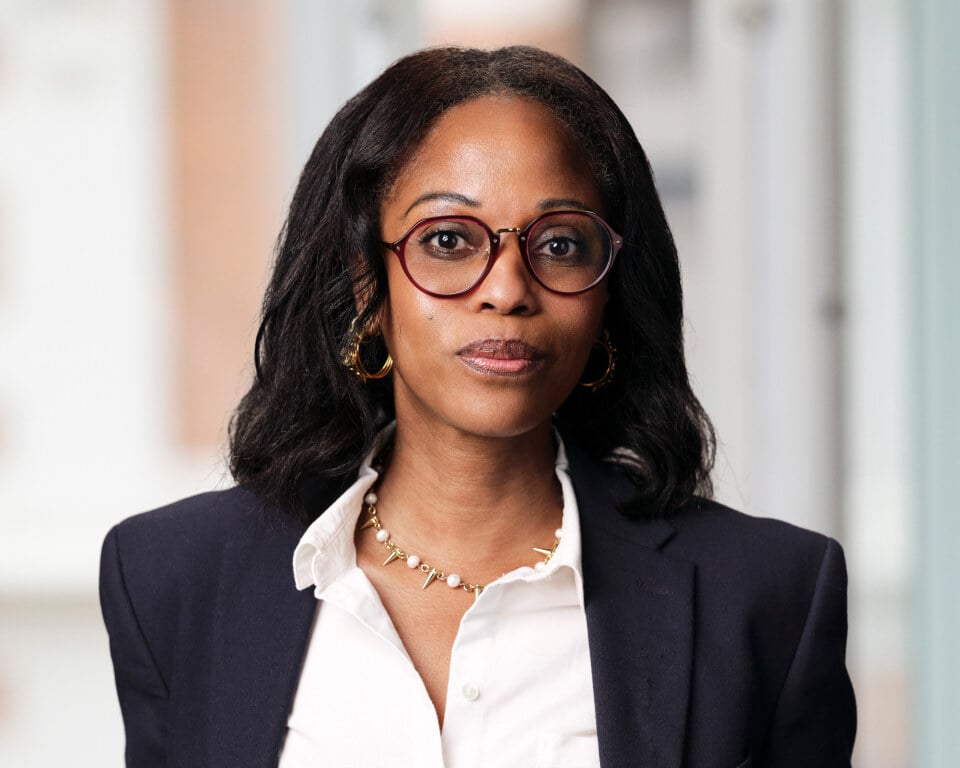The LGBTQIA+ Smoking Statistics We Can’t Ignore
June is Pride Month—a time to celebrate individuality, community, and everybody's right to live authentically. But while the parades march on and rainbow flags wave in solidarity, there’s a underlying issue that doesn’t always make the headlines. That is, how smoking still affects the queer community at disproportionately high rates.
According to the CDC, just over 15% of lesbian, gay, and bisexual adults in the US smoke, compared to roughly 11% of heterosexual or cisgender adults. This isn’t a marketing gimmick. Unfortunately, we’re just stating a fact.
Where This Hits the Hardest
Urban Centers with Larger LGBTQIA+ Populations:
- San Francisco (~6.7% identify as LGBTQIA+)
- Seattle (~5.2%)
- Boston, Austin, Atlanta (~4.6–4.9%)
Southern & Midwestern Regions:
Tobacco use in general remains higher across states like Kentucky, West Virginia, and Indiana. These areas often lack tailored resources in the health or social sectors to help make the switch to smokeless, tobacco-free alternatives.
Rural Queer Communities:
LGBTQIA+ adults in rural areas face even fewer inclusive services. Combine that with existing social stress, and smoking rates can rise dramatically.
Why Is This Still a Problem?
This isn't about lifestyle choices or a lack of awareness. It's about societal pressures:
- Tobacco companies have historically targeted LGBTQIA+ spaces with menthol marketing and event sponsorships.
- Menthol use remains higher in LGBTQIA+ smokers (about 36% vs 29% of heterosexual smokers).
- Social stress, stigma, and underrepresentation continue to leave the LGBTQIA+ community behind.
It's Time to Ditch the Cigarettes
We know what June can look like with all the color, celebration, and community spirit—and we want to be clear that this post isn’t about jumping on a trend.
At Nicokick, our mission is to lead the charge towards a smoke-free future. Plain and simple. That involves educating adult consumers across our society about the negative impacts of tobacco and opening their eyes to a world of non-combustible, tobacco leaf-free alternatives.
Beneath it all, we want to put a spotlight on these very real issues impacting public health. It's clear that this specific segment of the population has some work to do when it comes to shifting perceptions around the appeal of cigarettes and breaking the habit. We need to stand up and empower these existing nicotine users to start making smoke-free choices.












